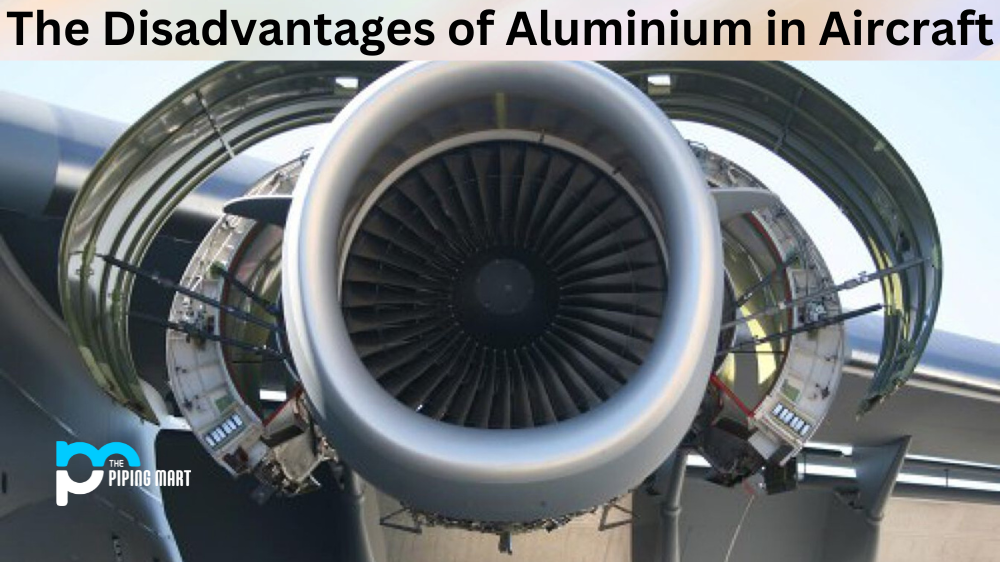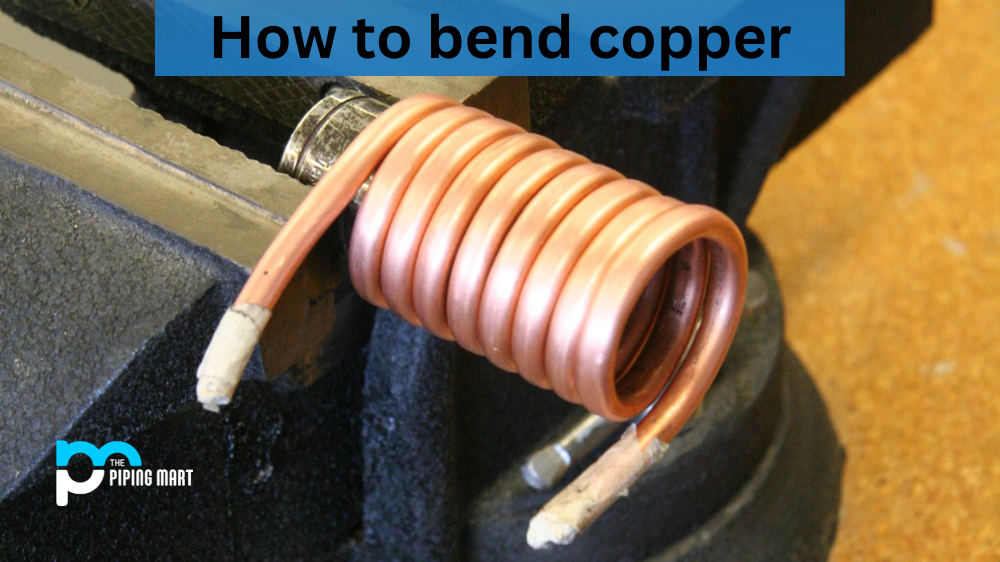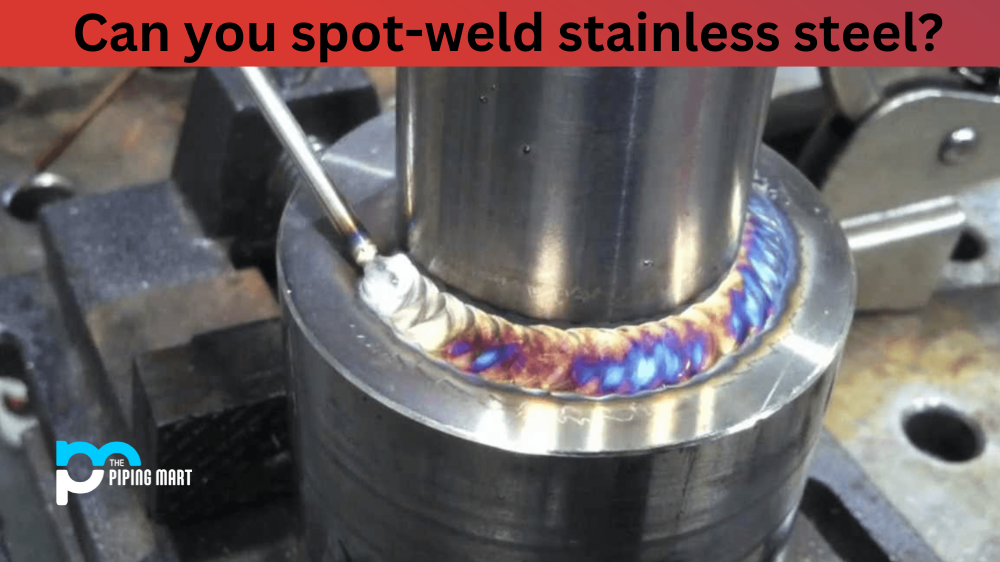Aluminium is a lightweight metal that has been used for many years in the aviation industry due to its strength and durability. However, there are some disadvantages associated with using aluminum in aircraft applications. In this blog post, we’ll explore the different disadvantages of using aluminum in aircraft and discuss why other materials may be better suited for certain applications.
Disadvantages of Aluminium in Aircraft
One of the main disadvantages of using aluminum in aircraft is its susceptibility to corrosion over time. Aluminium is highly reactive and can corrode quickly when exposed to oxygen, water, or other elements found in the atmosphere. This can cause structural damage that can significantly reduce the lifespan of an aircraft. Additionally, aluminum is not as strong as some other metals, such as steel or titanium and therefore cannot withstand as much stress or wear and tear.
Another disadvantage of using aluminium in aircraft is its limited temperature range. Aluminium loses strength at high temperatures, which means it cannot be used in extremely hot or cold climates without risk of failure. In addition, aluminum expands when heated, which can lead to weakened joints and fasteners over time if they are not correctly sealed against air and moisture. Finally, aluminum is a relatively expensive material compared to other metals, so it may not be cost-effective for some applications where weight savings are not a major concern.
- Aluminium is a soft metal, which means that it is not as strong as some other metals that are used in aircraft construction. This can make aluminum aircraft more susceptible to damage during turbulence or other rough conditions.
- Aluminium is also a very light metal, which means that it does not provide as much structural support as heavier metals such as steel. This can make aluminum aircraft more difficult to control in high winds or during other adverse weather conditions.
- Aluminium is a highly conductive metal, which means that it can interfere with the operation of electronic equipment on board an aircraft. This can be a particular problem in areas where there is a lot of lightning activity.
- Aluminium oxide, which is a by-product of aluminum production, can be corrosive and damaging to aircraft components. This corrosion can lead to premature failure of aircraft parts and systems.
- The recycling of aluminium requires a great deal of energy, which makes it less environmentally friendly than some other materials that can be used in aircraft construction.
- The price of aluminium has been volatile in recent years, which makes it difficult for aircraft manufacturers to budget for the material.
Conclusion:
While there are some drawbacks to using aluminum for aircraft applications, it remains one of the most widely used materials due to its strength-to-weight ratio and resistance to corrosion. For most applications, the benefits outweigh the disadvantages, but it’s important to consider all factors before making a decision about which material should be used for any given application. With proper care and maintenance, however, aluminum can provide many years of service even under extreme conditions making it an ideal choice for many types of aircraft.
Meet Heer, a dynamic and driven writer learning tricks of her trade in the metal industry. With a background in Digital Marketing, Heer brings a unique perspective to her writing, sharing valuable insights. Apart from blogging she like reading and hiking.




